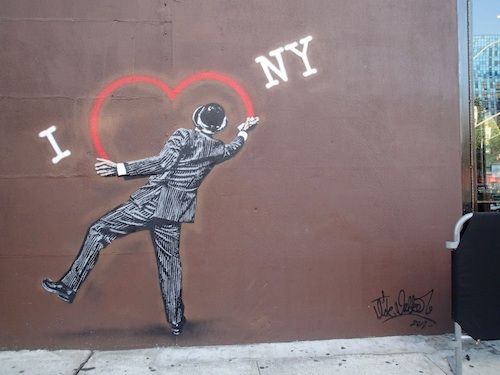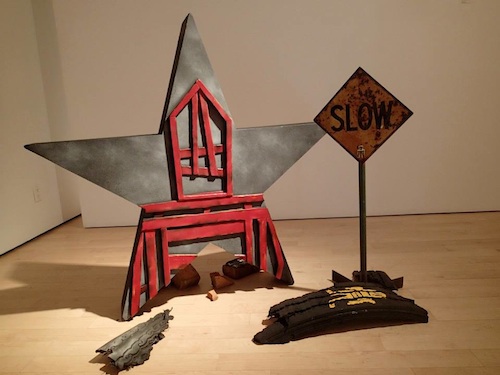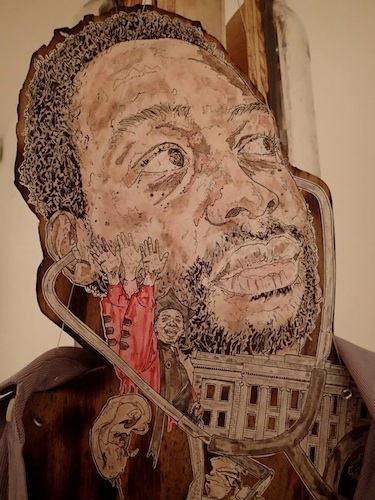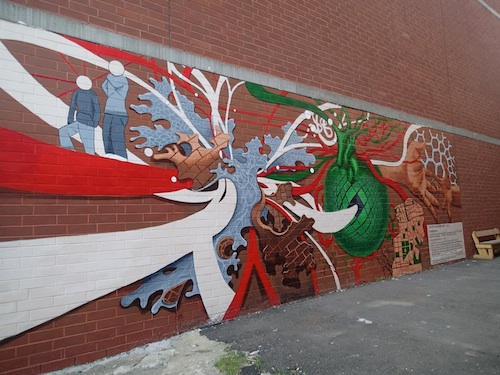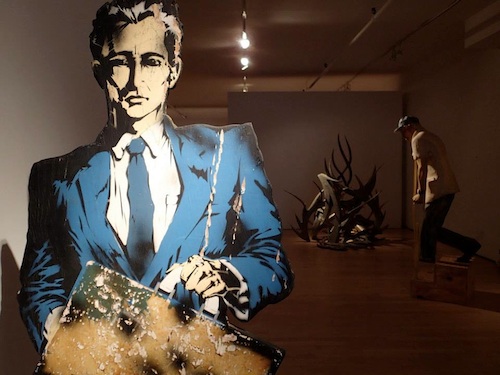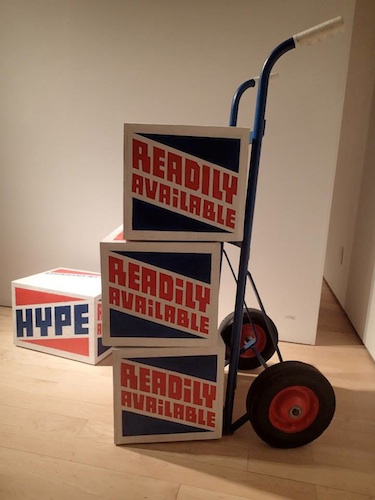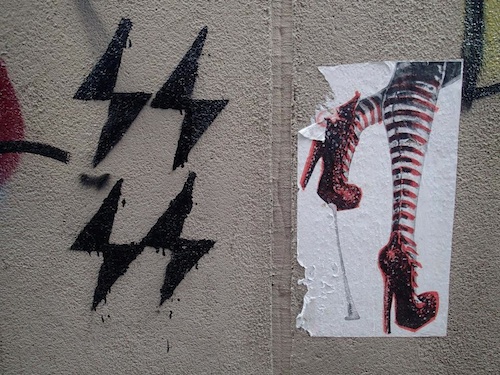Several years ago when I went back to school for my BA, I wrote an entry here about taking a class in American Sign Language, or ASL. It was a total immersion class, so there was no speaking allowed. A mighty undertaking for a roomful of hearing students who were desperate to ask questions. In retrospect, the course, although enjoyable, was only partly successful. It is now four years later and only a shadow of that knowledge has remained. Since I graduated last semester with an MFA in writing, my university dance card has been looking kind of anemic, so I enrolled this fall for a series of courses leading to a certificate in ASL.
ASL is an amazing language that was created nearly two centuries ago at the American School for the Deaf in Hartford, Connecticut. Today, Deaf citizens in America do not consider deafness a disability, rather more of a diffability. They may communicate differently than their hearing counterparts, but their language is just as effective, and they don’t feel they’re missing anything. ASL can convey the most complex intricacies of thought and philosophy as nimbly as the spoken word. Just like with every other language, smart people communicating in sign are having smart conversations, and fools still come across as fools. Gossip is gossip and arguments can get heated, even overheated. That being said, if you happen to come upon two people signing in what seems to be a very agitated manner, don’t jump to conclusions. The frenetic-appearing gestures and facial expressions might deceive you. With only the upper body and immediate personal space surrounding the speaker being used, every single movement in ASL means something. And not always what you might think.
For instance, a Deaf person signing with his hands while raising his eyebrows is asking a yes or no question. This is important to know because it is the difference between, “She is over there,” and “Is she over there?” Signing while pulling the eyebrows together into a frown signifies a “wh” question: who, what where, etc. This alerts the one receiving the signs that an answer beyond yes or no is required, for example, “Who is she?” True, there is a specific sign for ‘who’, but the receiver takes in the entire package; the hands, face, and body motions of the signer. Facial signals and movement intensity are important to meaning. They’re the difference between, “She’s right there,” and “She’s way over there.”
Signing is dialectic, the same as English, and it’s interesting to imagine signing with a Southern accent. Just as parts of the country have different words for soda and pop, hero and hoagie, so does ASL have its regional idioms. Some can even be specific to one school or community. Our teacher, who is hearing, is a TOD, or teacher of the Deaf. She showed us the sign for garbage, which is one hand forming a pouch under the opposite arm, and then she shared the sign her students have for it. They touch the heel of their palm against the side of their head. Garbage-head. What began as a playful taunt between students became the accepted sign for the trash can. The same way slang makes the rounds in English and catches on, so it does in ASL. Is there a sign for “Whassup?” Absolutely.
You may have noticed that I write Deaf in this entry with a capital D. This is how the Deaf wish to be considered. For them, being Deaf means belonging to a particular culture, the same as you would refer to Asian Americans. They are Deaf Americans and members of the Deaf community. A community in crisis now with the advent of new technology that allows for hearing where none before existed. It is called the cochlear implant. Whereas once there was only the hearing aid, now there is a cutting-edge procedure in which a receiver is implanted inside the skull and a processor is worn on the outside of the head. With microphones and a transmitter located behind the ear, it is possible for Deaf people who are good candidates for the surgery to hear environmental sounds and human voices. For some, it is seen as a miracle, an entry into the hearing world. For others, it is feared to be the death knell for the Deaf way of life. The end of the cohesive and proud Deaf community. Can one person live in two worlds? The future will tell.
Daughter’s Featured Fotos take us to the Woodward Gallery and all Around Town

